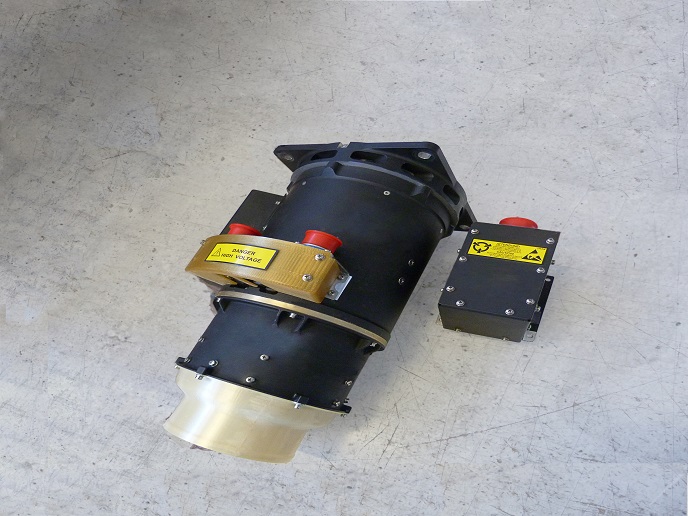A new take on aircraft takeoff and landing
Aviation research has long dreamed of building aircraft that require little takeoff and landing space rather than long runways and enormous surface areas. One enterprising effort in this direction was the EU-funded project SOAR(opens in new window) (Distributed open-rotor aircraft), based on a novel concept of an open-fan wing aircraft. This represents one of the latest aircraft technologies that blends fixed-wing aircraft and helicopter, offering stable short takeoff and landing (STOL) capabilities and possibly hovering capabilities. In more technical terms, the technology is based on propulsion from a fan that is fixed on top of the wing structure and that can create a vortex to lift the aircraft. To achieve its aims, the project combined efforts of the German Aerospace Centre (DLR), FanWing Ltd. of the United Kingdom, the Belgian Von-Karman Institute (VKI) and Germany's Saarland University. Together, the project partners made excellent progress in advancing the propulsion and fan drive system. This included calibrating different components, installing necessary sensors, and completing required wind tunnel tests to select the best materials, blade pitch angles and speeds. Various wing shapes with different tail lengths and high-lift devices were also tested. The newly developed synchronous motor is capable of generating 45 Nm in high angular speeds. A key advantage of STOL aircraft is the reduced noise during takeoff and landing, enabling it to fly at any time of day and within city limits. Apart from transport, such aircraft could potentially be used for crop dusting, surveillance, logistics, firefighting and a number of pilotless operations. Overall, the expected stability, hover capability, modest fuel needs, reduced runway length and increased safety could help revolutionise the industry. Lastly, a reduction in maintenance, construction and certification costs will contribute to making STOL aircraft leaner, more efficient and more environmentally friendly.







